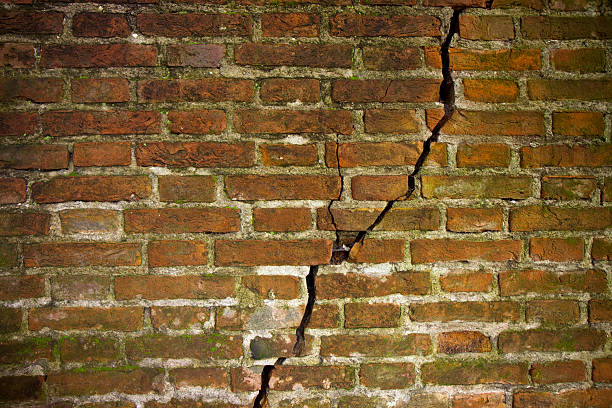Brick is a fundamental building material that has stood the test in Australia. From historic landmarks to everyday homes, brickwork has been integral to our architectural heritage. However, even the most durable bricks can deteriorate over time due to various factors such as weathering, moisture, and structural issues. That’s where brick repair comes into play, ensuring Australian homes’ longevity and structural integrity.
One of the most common problems that brickwork faces is cracking. Cracks can occur for several reasons, including foundation settlement, thermal expansion and contraction, and even poor workmanship during construction. These cracks not only compromise the aesthetics of a building but can also lead to further damage if addressed.
Brick repair involves the restoration of these damaged bricks to their original condition. This process begins with a thorough inspection of the affected area to identify the cause and extent of the damage. Once the problem is diagnosed, the repair work can begin.
The first step in brick repair is cleaning. Over time, dust, dirt, and other pollutants can accumulate on the surface of the bricks, detracting from their appearance. Using specialized cleaning agents and equipment, professionals can remove these contaminants, revealing the true beauty of the brickwork.
After cleaning, the damaged bricks need to be repaired or replaced. This can involve different techniques depending on the severity of the damage. Minor cracks can often be filled with mortar or sealants, while more extensive damage may require removing and replacing the affected bricks. Skilled craftsmen can match the new bricks to the existing ones, ensuring a seamless and cohesive appearance.
In addition to cracks, brickwork can also suffer from efflorescence. This white powdery substance forms on the surface of bricks due to the migration of salts from the interior to the exterior. Efflorescence not only mars the appearance of the brickwork but can also indicate underlying moisture problems. Brick repair professionals can address this issue by cleaning the affected area and applying sealants or waterproof coatings to prevent further salt migration.
Another important aspect of brick repair is repointing. Repointing involves the removal and replacement of deteriorated mortar joints. Over time, weathering and moisture can cause the mortar to crumble and erode, compromising the stability of the brickwork. Skilled tradesmen can carefully remove the damaged mortar and replace it with fresh mortar, restoring the strength and stability of the structure.
Brick repair is not just about fixing visible damage; it also involves addressing underlying structural issues. Professionals can assess the brickwork’s overall stability and load-bearing capacity and make necessary reinforcements to ensure the safety of the building. This can involve installing steel lintels, reinforcing bars, or even rebuilding the entire wall sections if needed.
In conclusion, brick repair is a crucial process in maintaining the integrity of Australian homes. Whether repairing cracks, addressing efflorescence, repointing, or reinforcing the structure, brick repair professionals play a vital role in preserving our architectural heritage. By restoring and maintaining the beauty and strength of brickwork, they ensure that Australian homes can withstand the test of time and continue to be a symbol of quality craftsmanship.
